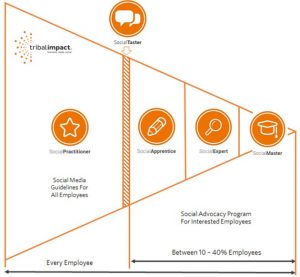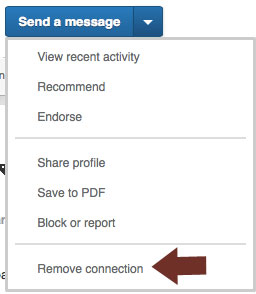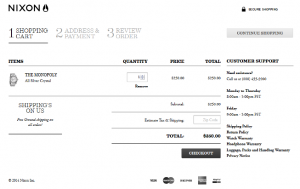The hourly job market is the bedrock of the American workforce, 76 million members strong. While the growth in retail and hospitality positions, representing one third of these jobs, is pacing our economic recovery, the sector still spends an astonishing $ 1 billion annually on hiring.
A thought provoking question: Can the industry create more than 25,000 jobs with the savings that result from improving the hourly wage workers are hired?
How? Unpacking the problem, the average employee turnover ranges from over 50 percent for line-level hotel and motel employees to 100 percent at specialty stores, according to The Aberdeen Group. At fast-food chains, it’s more than 200 percent annually.
This hamster wheel hiring cycle costs hourly worker employers more than $ 300 per hire, or more than $ 1 billion annually, to advertise for and prescreen candidates. That’s without valuing the time of the average store manager who spends eight hours prescreening interviews for every open position.
Some operations executives accept that this is the way it’s always been done. They know how crucial effective labor strategies are to their company’s success, but they view inefficiencies as inescapable.
They simply lack analytics to see that “the way it’s always been done” hurts their bottom line.
The fixes aren’t difficult. For starters, high advertising costs could be slashed simply by moving away from pay-per-job-post or pay-per-click models. In 2014, the Society for Human Resources’ (SHRM) reported the average advertising cost per hire in the U.S. is over $ 173.
Why blindly pay without a guarantee of applicant quality behind that click? Less than 10 percent of clicks on jobs listed online result in a completed job application, according to Appcast.io. The number goes down to one percent for applicants using a mobile device, with employers paying an average of $ 0.50 per click. Companies are paying $ 50 just per completed job application and more than $ 500 per hire when they offer a poor mobile application experience. Today, 70 percent of job seekers prefer to fill out applications on a mobile device.
Other sources of inefficiency are bad mobile user experiences and poorly designed application workflow. Even when job seekers call applications “mobile friendly,” 60 percent still say they’re nevertheless more difficult to fill out than mortgage, health insurance, or student loan applications, according to a recent study from recruitment technology company Jibe and research firm Kelton Global.
Then, there are the negative effects of brute-force marketing to job seekers while they’re searching.
They are five times more likely to abandon an application when they’re hit with ads, registration requirements from third parties (i.e., some job sites), requests to upload a resume or mobile unfriendly forms, according to research done by Jobaline.
Candidates who disclose personal information to some job sites find themselves inundated with telemarketing calls. Those candidates are likely to grow unresponsive to recruiters’ calls because they believe it’s just another telemarketer.
A little further into the weeds, interviewing 25 hourly workers for one opening is wasteful. So is the practice of staffing to over 100 percent of available labor hours. The companies doing the hiring pay for these inefficiencies, but so do the workers themselves who suffer longer spells of unemployment and underemployment.
Large companies would be shocked if they looked at the total cost per hire:
- The cost of creating and maintaining an online career page that’s Equal Employment Opportunity Commission (EEOC) compliant and mobile friendly.
- The total advertising costs in radio, print, job boards, and cost-per-click job advertising solutions. In addition, with an average dropout rate of 80 percent, it means that four of every five of your advertising dollars are wasted.
- The cost of paying for out-of-state applicants or applicants that do not meet the minimum requirements.
- The cost of the total annual fees from using an Applicant Tracking System (ATS).
- The cost of entering manual applications into the ATS in order to be EEOC compliant.
- The cost of recruiters and hiring managers making prescreening calls or interviewing applicants that are not a proper match.
Add it all up and you will realize that you are spending hundreds, or even thousands, per hire. Address these inefficiencies head on and you can accelerate expansion plans, invest in new equipment, or create 25,000 new jobs in the sector. Crazy question: Have you done the math at your company?
(195)







